The Nashville Predators offseason was loud. Barry Trotz made sure we heard it with one of the more aggressive free agency periods in recent memory. Last time I looked at the Predators, we asked the question of where Trotz would lead the team. The answer seems fairly clear now. They’re going to compete.
When I looked at the Predators roster in April, we noticed a new cohort developing with young prospects and a healthy set of 2024 draft picks. That leading edge of that group will hit their prime in 2-3 years, so working them into the NHL lineup and setting them up to learn from more experienced players looked like a top priority from a long term roster building perspective. The Predators could also look to move a few of their veterans though, looking to get younger with returns from their veterans near the end of their deals or simply moving them to gain cap space.
Building for the Future
Before the July 1 fireworks, the Predators made a few moves worth noting. They set the 2024 offseason in motion with a trade during the playoffs that sent Ryan McDonagh back to the Lightning. At age 35, McDonagh is obviously into his twilight years as an NHL player and the move made room for a younger player on the Preds roster. It also created some significant cap space for the Preds, with two years at a $6.75MM cap hit left on McDonagh’s contract and the Lightning taking the full cap hit. The Preds even managed to add draft capital in the deal, sending a 4th round pick to Tampa with McDonagh and receiving a 2nd and 7th in return.
The Predators also continued to make use of their stockpile of draft capital with a few trades during the 2024 draft. They traded down in the second round (with PHI) and the fourth round (with NYR), improving their quantity of picks over 2024 and 2025. When the dust had settling on the early offseason trades, the Predators sat with an impressive set of picks over the next three seasons, with a large portion of them in 2025. In April’s post, I suggested that the 2024 draft class might be the back end of the Predators’ development cohort. Perhaps that’s too early as the 2025 draft looks like it will be significant for Nashville as well.
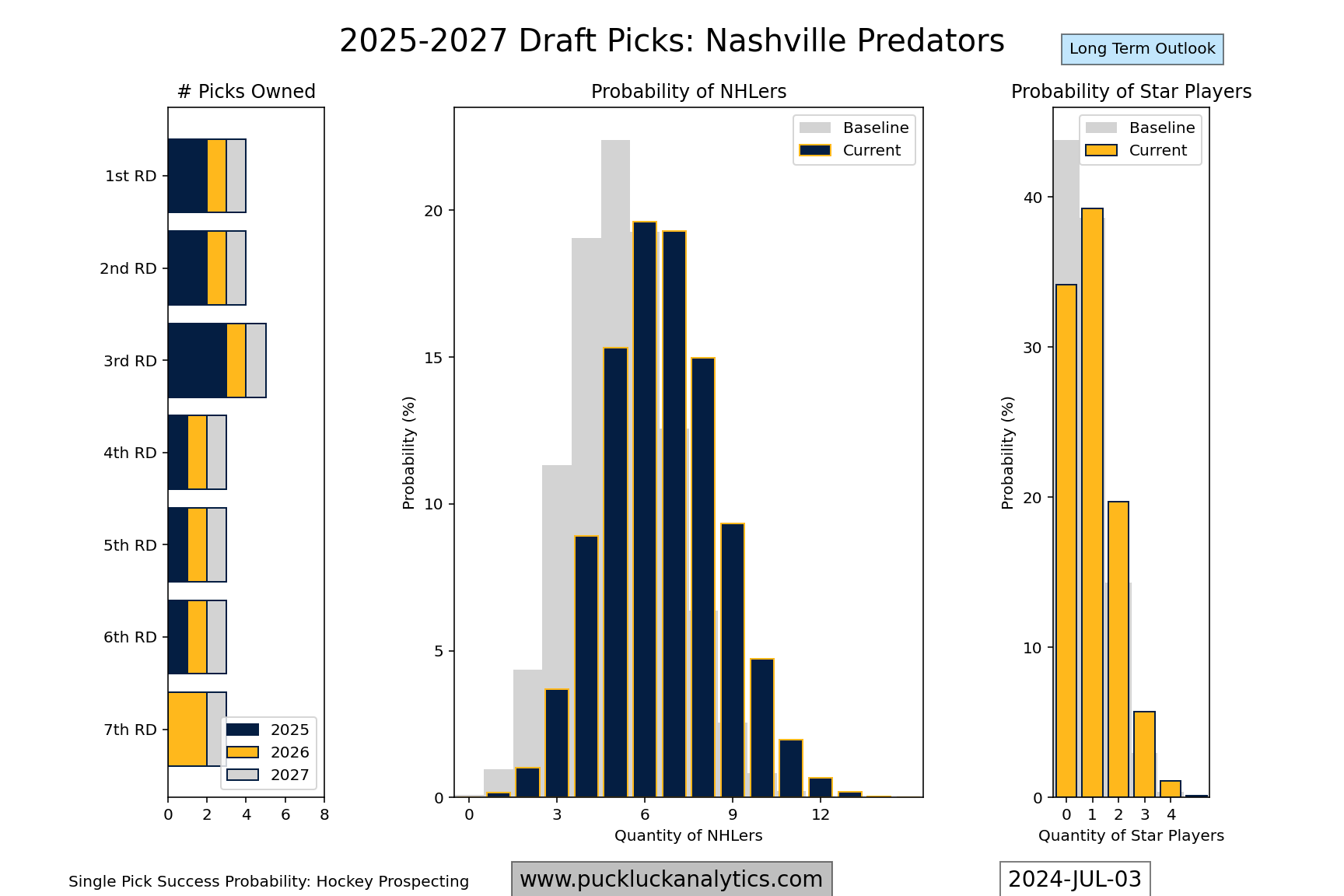
Of course, the Predators don’t have to use their 2025 draft picks themselves. The other option is to use them as trade chips to improve the team now. After their big free agency spree that we’ll look at momentarily, that’s certainly on the table.
Free Agency Fireworks
The Nashville Predators won’t be a sneaky good team in 2024-2025. They may be good, but it won’t be sneaky. They made their intentions clear with some big name acquisitions on July 1. After clearing McDonagh’s $6.5MM cap hit, the Predators had a lot of cap space available, despite cap penalties from buyouts and retention eating into their cap sheet. With the Lightning and Golden Knights facing cap crunches and the Hurricanes resetting their D-corps, Barry Trotz landed Steven Stamkos, Jonathan Marchessault and Brady Skjei, instantly vaporizing Nashville’s cap space and upgrading the Predators’ roster.
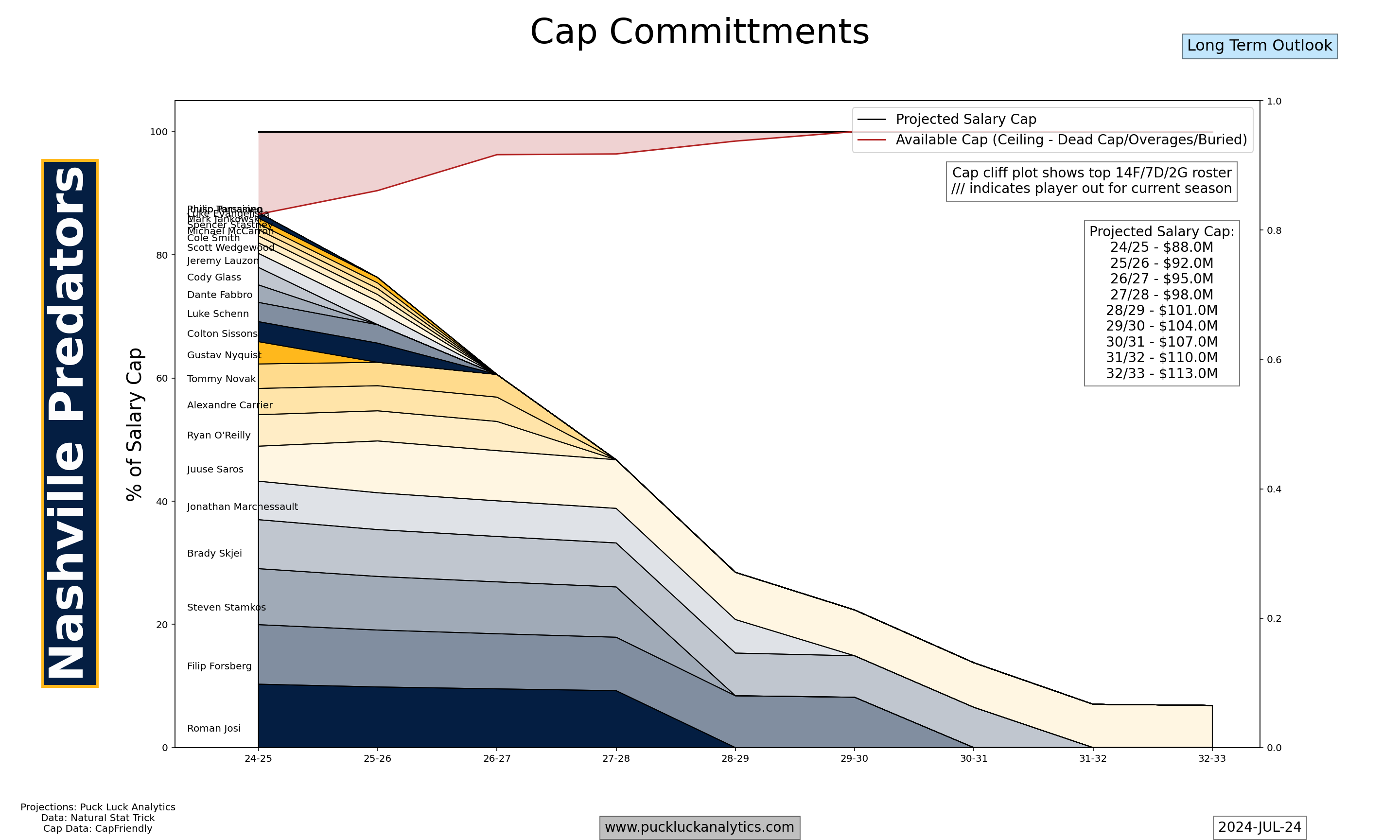
Adding Stamkos and Marchessault up front gives the Predators an instant boost to their offense, which was sorely needed. Their depth kept them competitive enough to snag a wildcard berth last season, but their top end skill fell off quickly after Filip Forsberg. Stamkos and Marchessault both bring cup champion experience and will add some offensive pop to the Predators’ lineup. The risk is their long term performance. Stamkos is 34. Marchessault is 33. Four and five year deals, respectively, will see them through their age 37 seasons. Their combined $13.5MM cap hit is a lot to tie up if their impact falls off significantly.
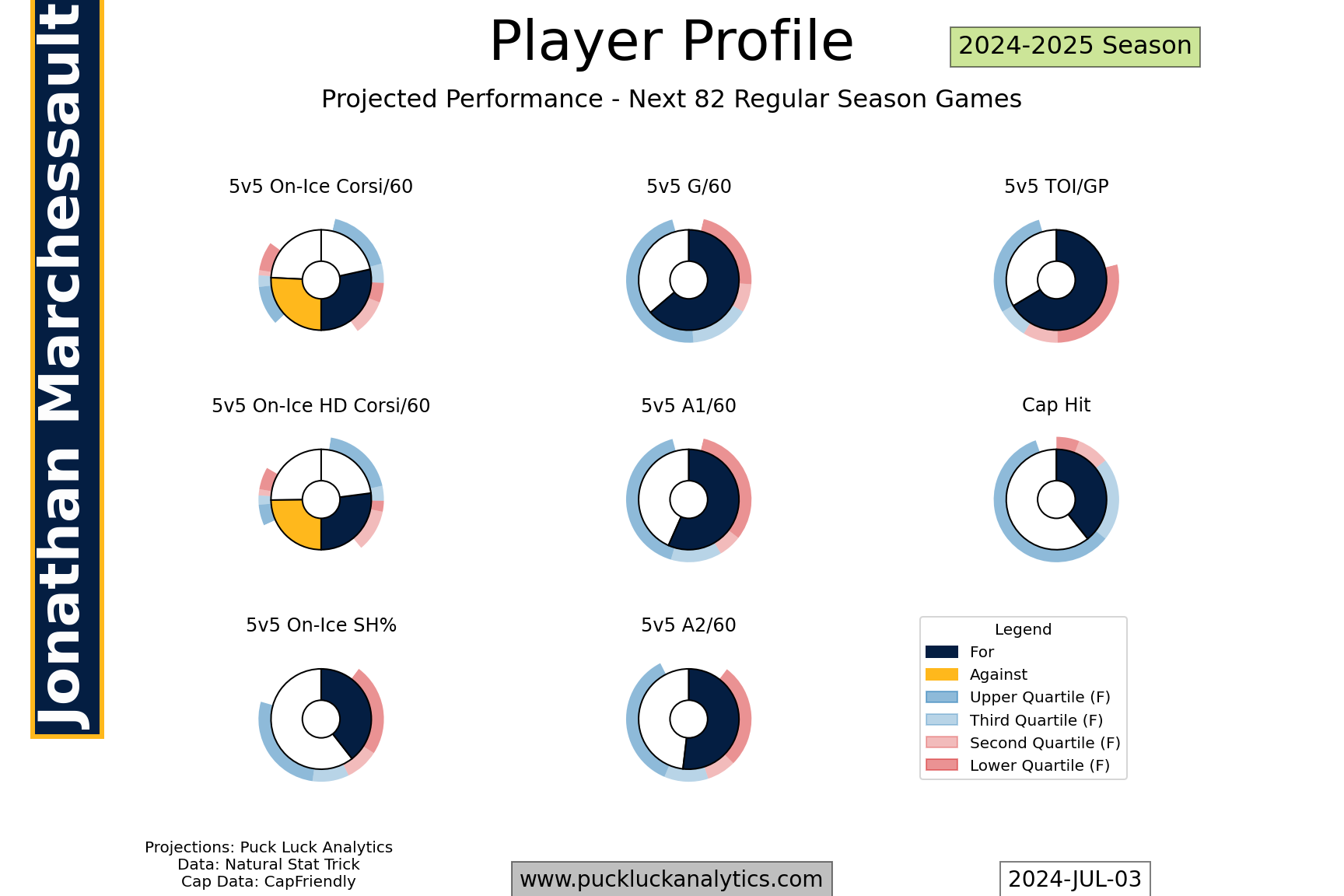
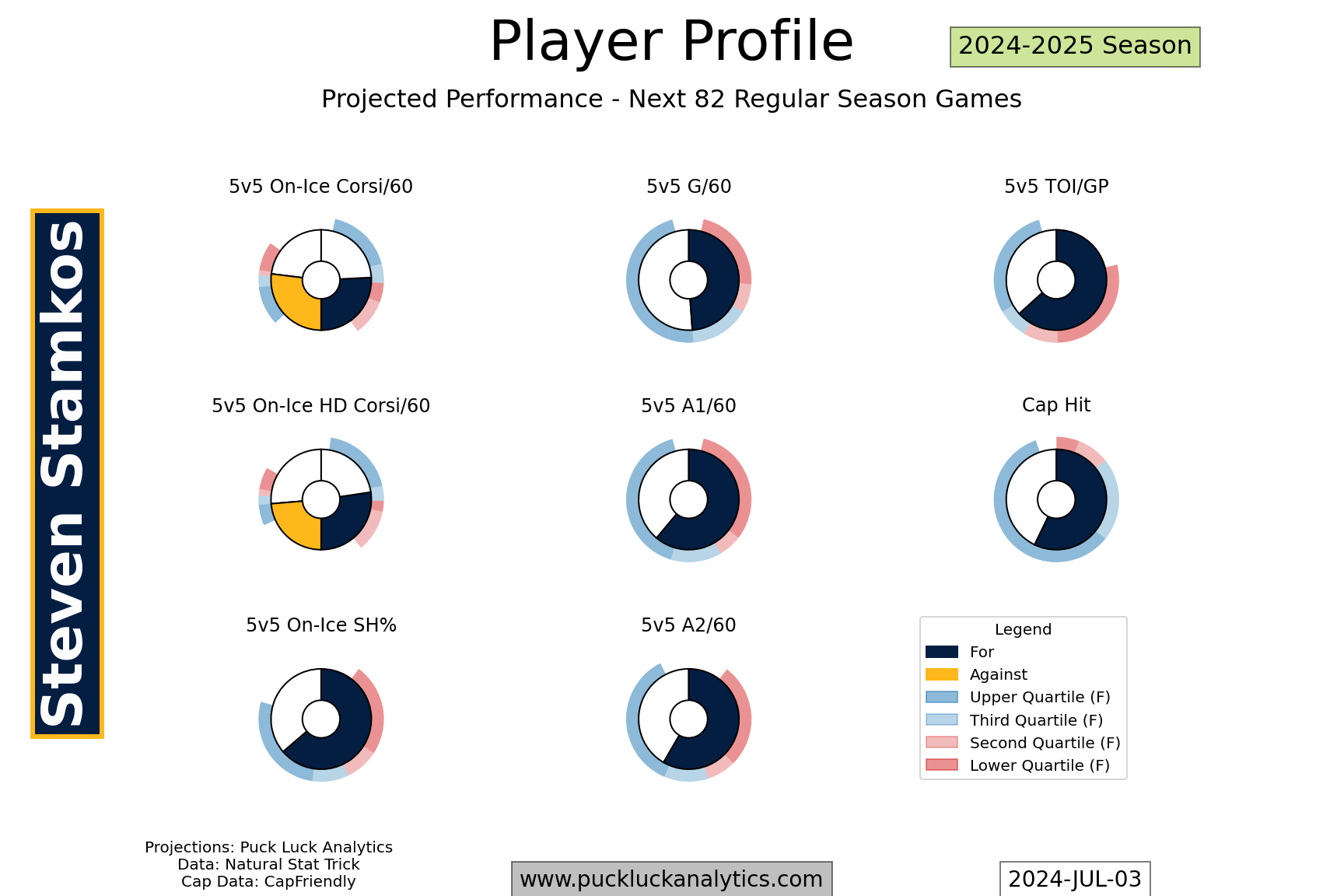
The Predators’ other big free agent acquisition was 30 year old Brady Skjei, who they signed to a 7 x 7 deal. The move backfills the hole left by McDonagh’s departure with a younger, more impactful defenseman. The Predators also re-upped with Alex Carrier, keeping an important piece for their defensive depth.
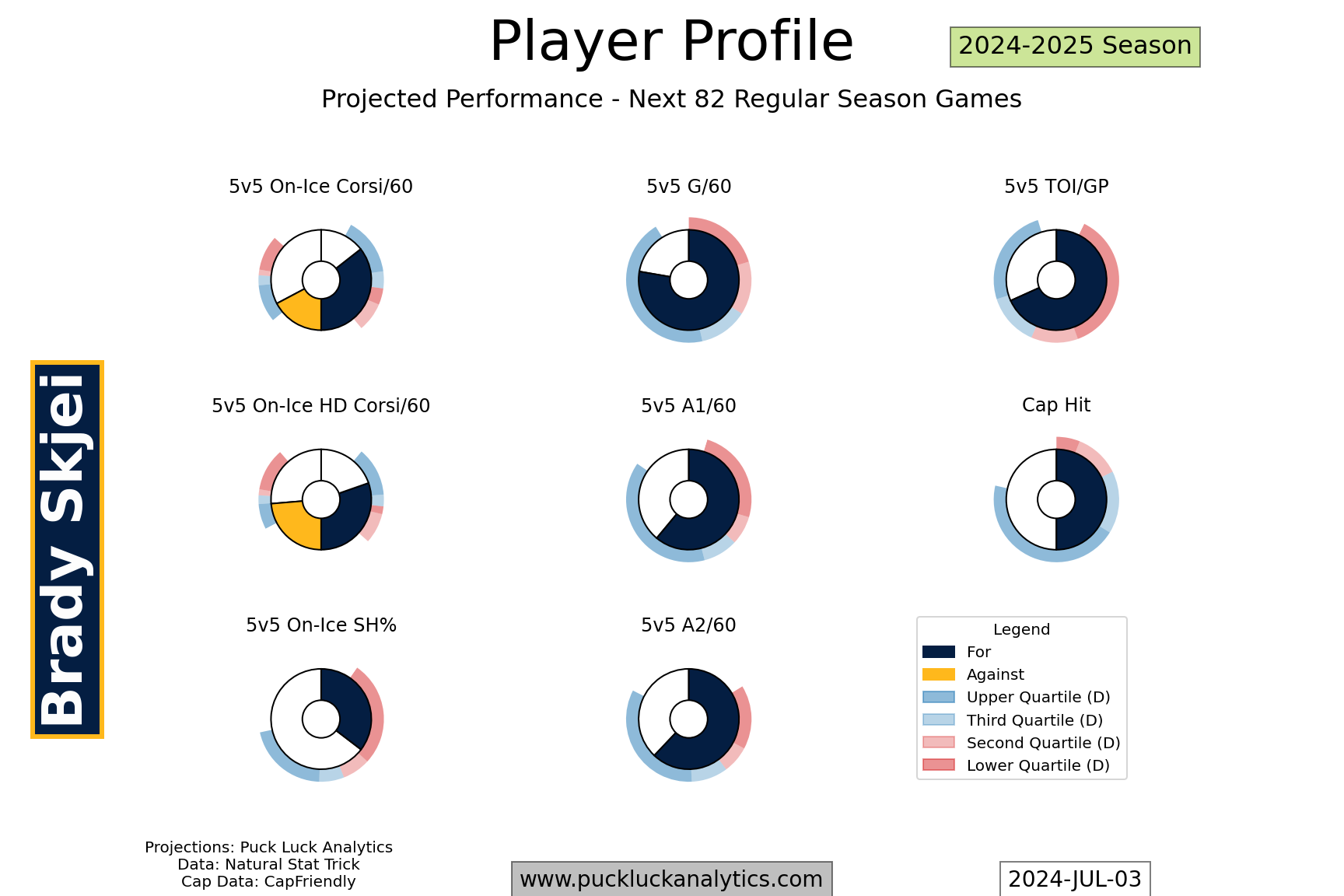
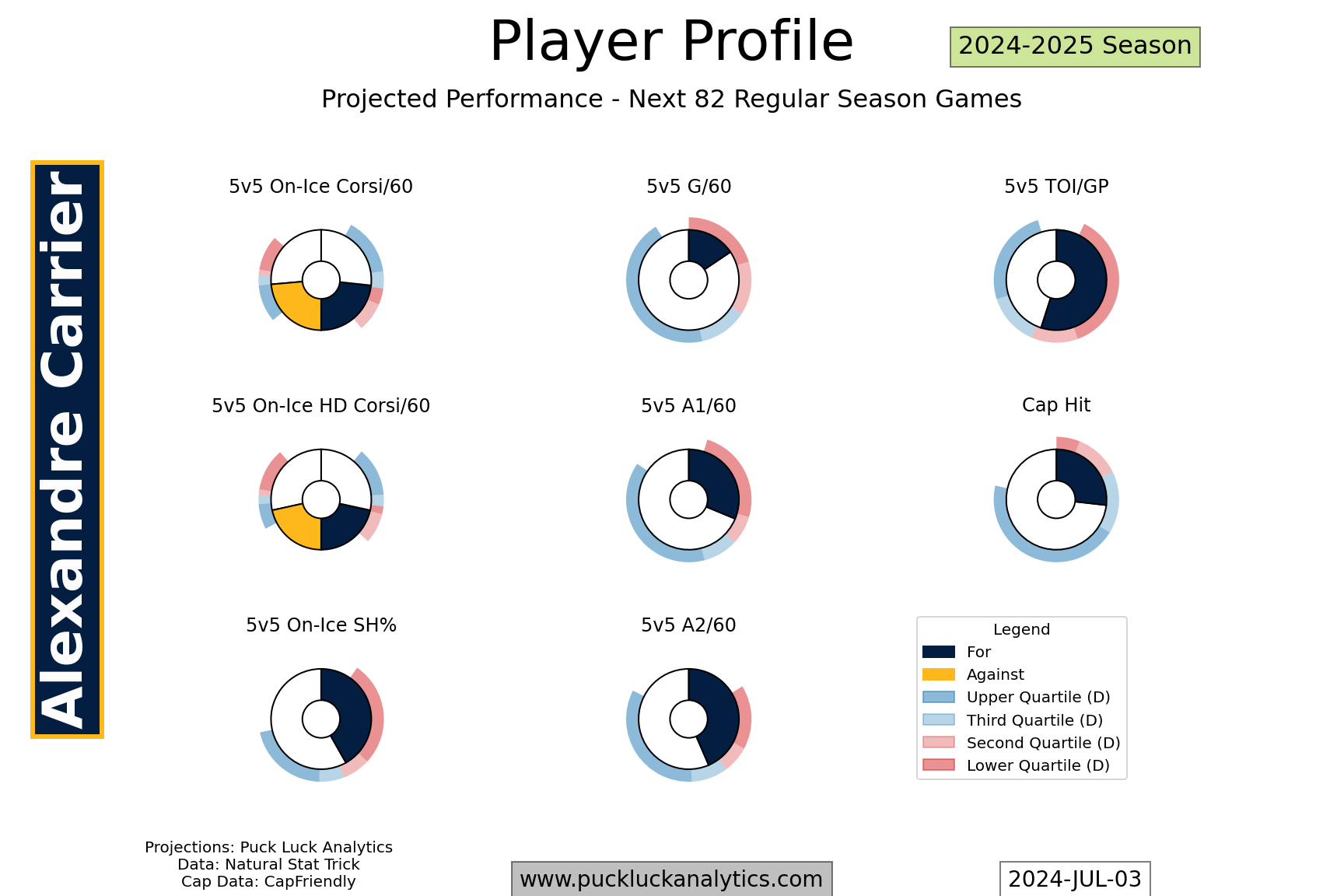
Look Ahead
The Predators announced loudly that they intend to make some noise in the 2024-2025 season. After an aggressive offseason, they look poised to do just that. They still have some work to do but they look ready to compete in the Central Division, which is shaping up to be a difficult place to play next season.
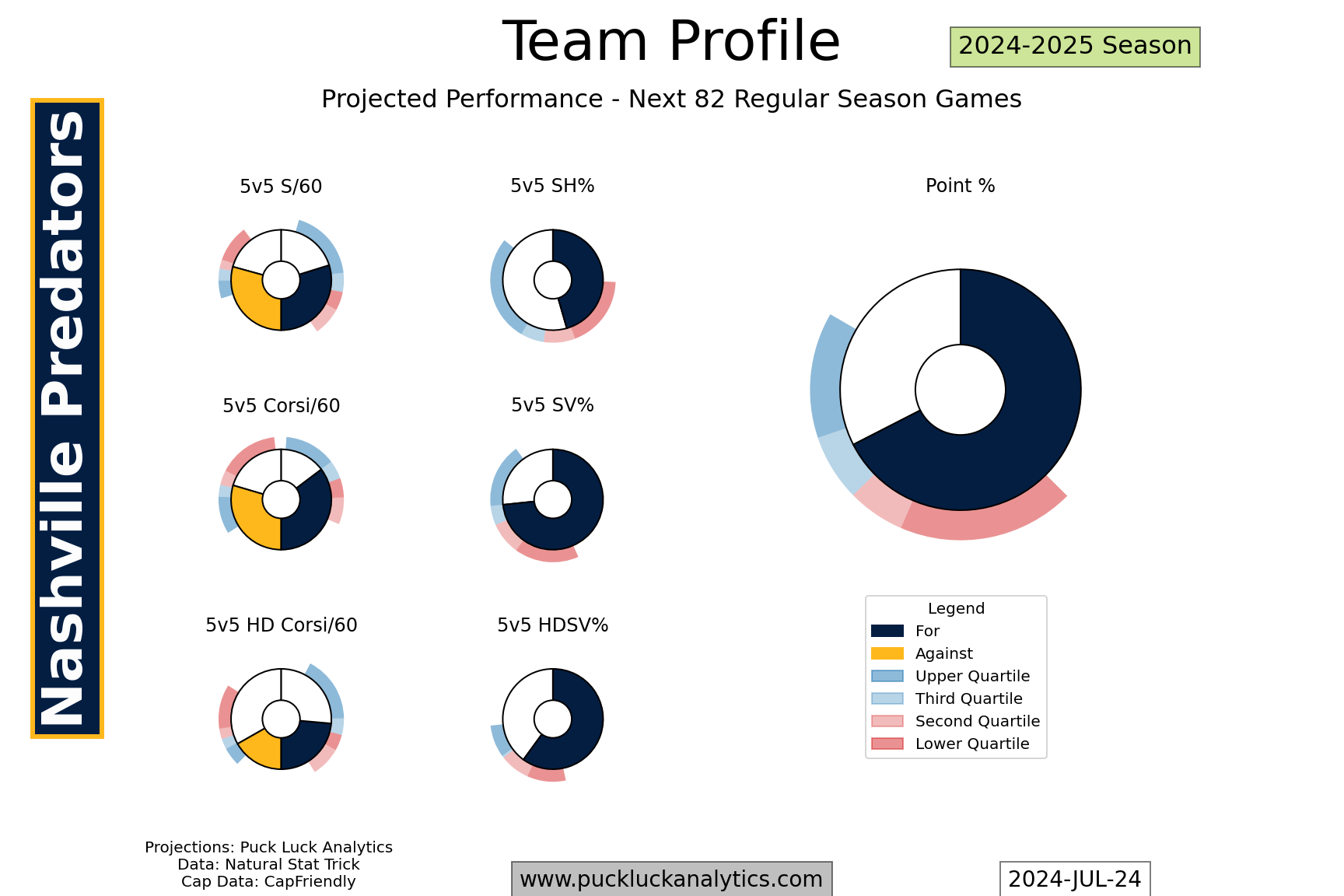
Not only have they Predators managed to put together a roster that looks like it can compete now, they’ve done it in a way that seems to set them up for the long term. Their current dead cap situation will abate over the next couple of seasons, freeing up cap to commit to younger players as they work their way into the NHL. They also have a development cohort building with age 21 and under prospects (led by Ryan Ufko and Joakim Kemell) that stretches through the 2025 draft. The Predators 2024 free agent additions may help them be competitive now, but the real benefit could be the transition to the development cohort in 4-5 years. If the Preds play their cards right, they could be a contender for a long time.



